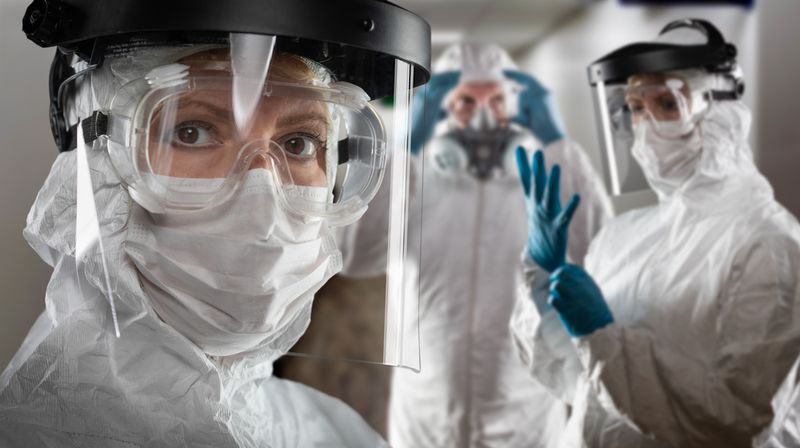A patient in Louisiana became severely ill after contracting Highly Pathogenic Avian Influenza (HPAI), the US Centers for Disease Control and Prevention (CDC) announced in a statement on Thursday. This is the first serious case of bird flu affecting a human reported in the US since the outbreak began. An analysis of the virus revealed the existence of mutations that affect the virus’ ability to attach to infected cells.
Following the hospitalization of the patient, researchers compared the genomic sequences of the strain affecting them with those collected from animals including dairy cows, wild birds and poultry. The sample was also compared to those in earlier cases involving humans. The results identify the strain as the D1.1 genotype, different to the B3.13 genotype affecting cattle, poultry and other animals across the country but matching those found in samples from birds on the patient’s property as well as those recently found in wild birds and poultry in other parts of the US.
However, the results also revealed the presence of mutations not seen in those of the poultry, indicating genetic changes that occurred in the patient post-infection. According to the CDC, these mutations display changes in the hemagglutinin (HA) gene – a gene responsible for helping the virus bind to the infected cell. These mutations occurred at a “low frequency”, meaning they represent a small proportion of the virus sampled. This again suggests that the changes likely took place post-infection, when the virus was replicating, and not before pre-infection or during transmission.
“Although concerning, and a reminder that A(H5N1) viruses can develop changes during the clinical course of a human infection, these changes would be more concerning if found in animal hosts or in early stages of infection (e.g., within a few days of symptom onset) when these changes might be more likely to facilitate spread to close contacts,” the CDC states.
According to the CDC, these mutations are rare but have been reported in previous incidents affecting people in other countries, including a patient in British Columbia, Canada. The changes most commonly occur during severe cases of the disease but don’t show signs of reducing the effectiveness of antiviral drugs when it comes to treating the virus.
“Overall, the CDC considers the risk to the general public associated with the ongoing U.S. HPAI A(H5N1) outbreak has not changed and remains low,” the CDC states.
“The detection of a severe human case with genetic changes in a clinical specimen underscores the importance of ongoing genomic surveillance in people and animals, containment of avian influenza A(H5) outbreaks in dairy cattle and poultry, and prevention measures among people with exposure to infected animals or environments.”
According to the CDC tracker, there have been 66 confirmed cases of bird flu reported in humans since the start of the outbreak, the majority of which have taken place in California.





